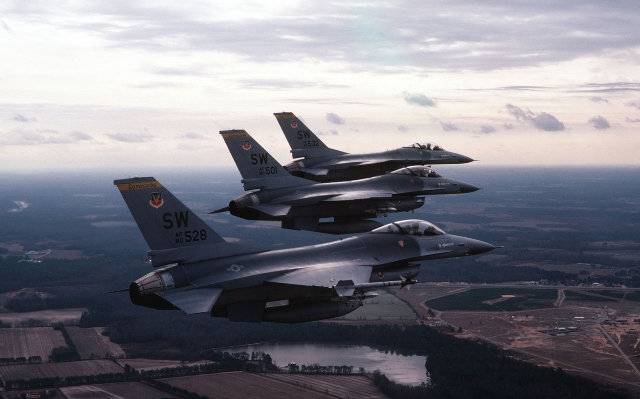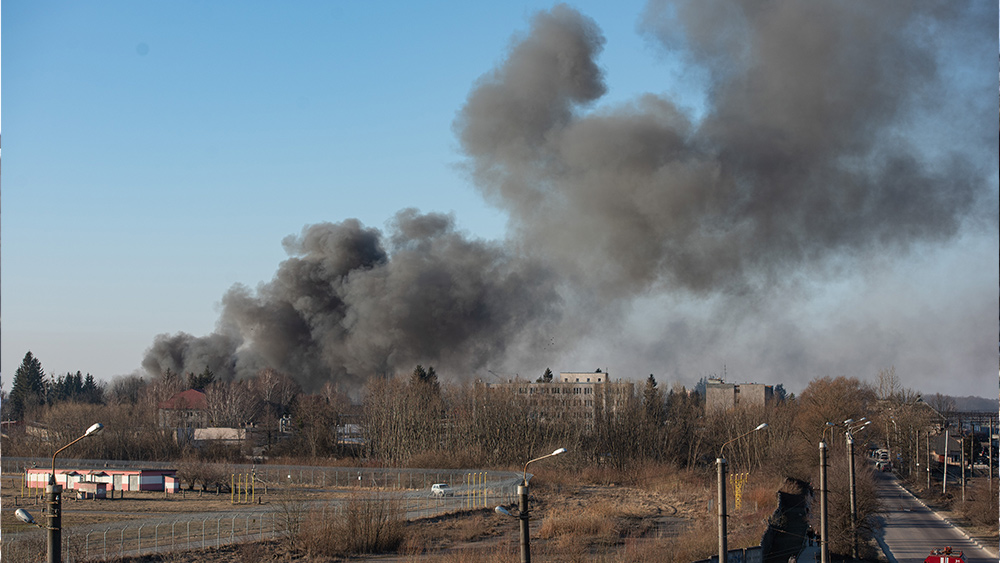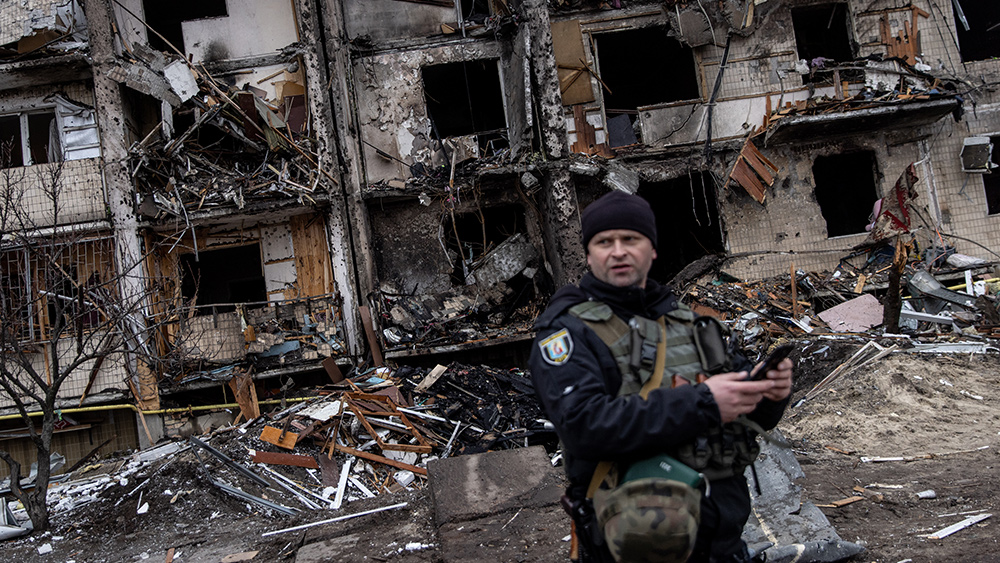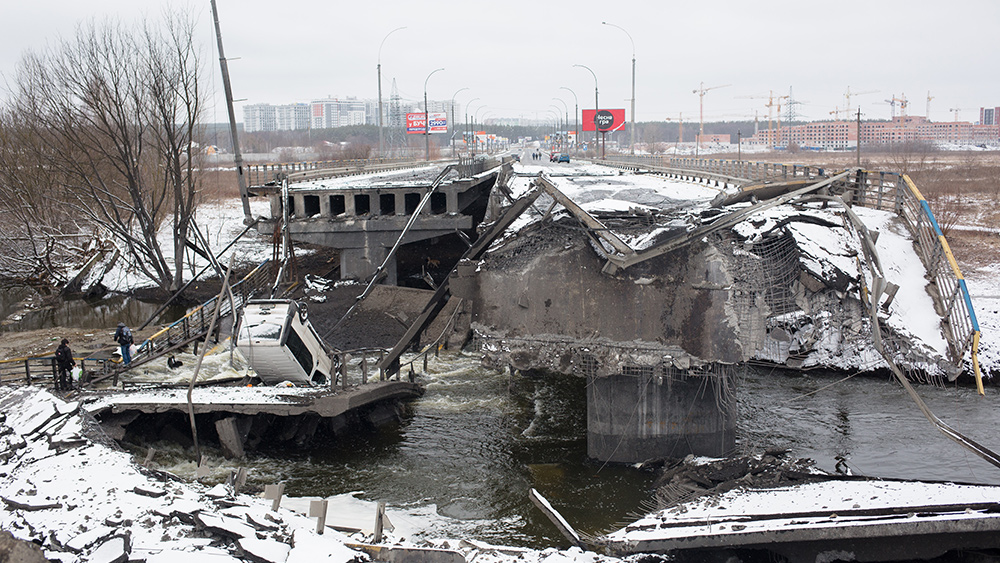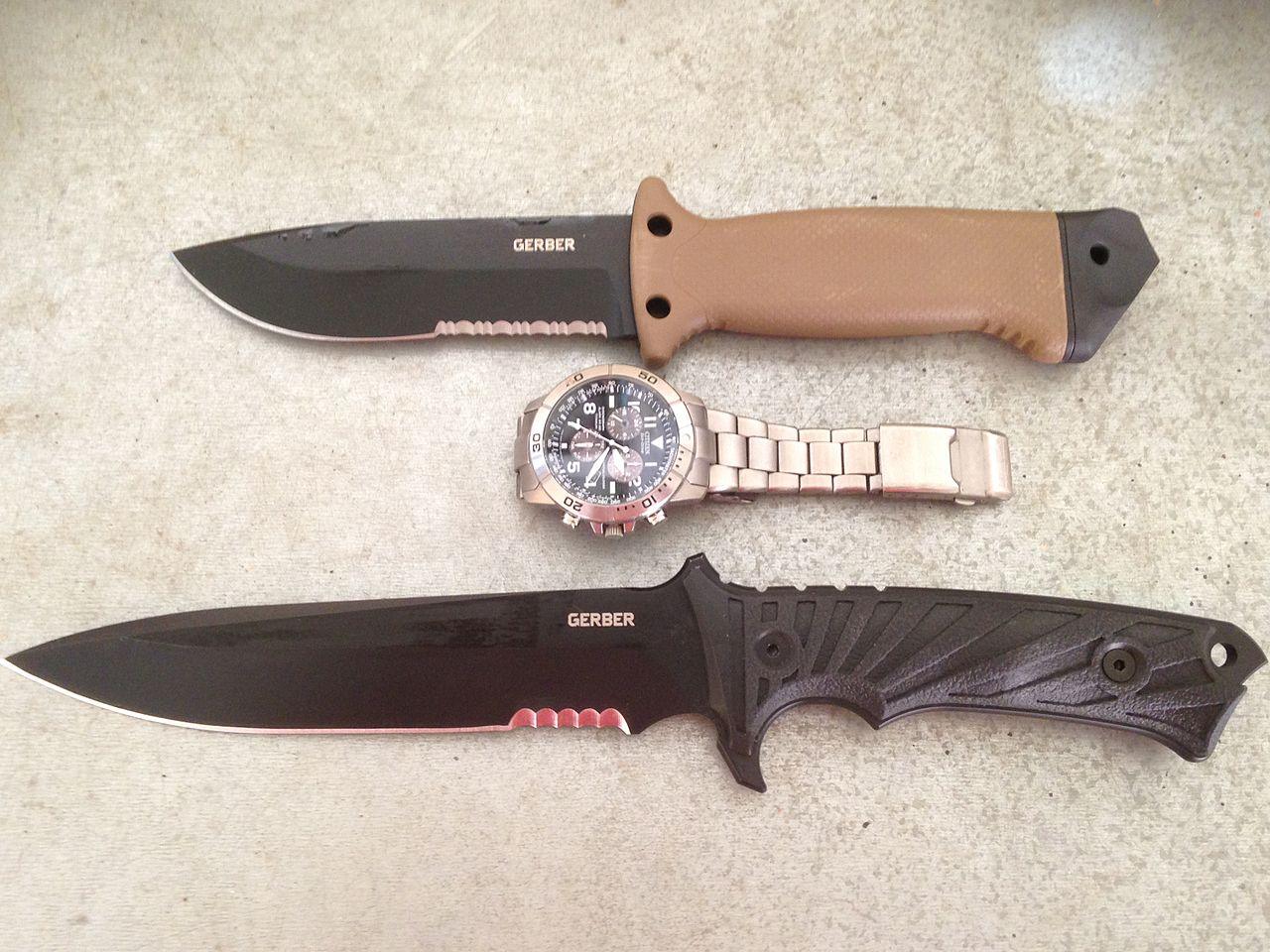
If the world collapses into anarchy and mayhem someday as many are predicting that it will, one of the most important pieces of equipment you’ll need is a knife. The thing is, there are many different kinds of knives with many different kinds of blades, and not every knife is good for every job.
There are knives for self-defense, knives for cleaning freshly-killed game, knives for small cutting jobs and knives for large cutting jobs like clearing brush. Some knives are specially made for certain tasks, while others are “general purpose.”
Choosing the right knife for the right job is important and will help you considerably in dealing with your new circumstances. (RELATED: How To Create An At-Home Survival Kit On A Budget)
As reported by More Than Just Surviving, many of the world’s best knives are manufactured in the United States. In fact, the site noted, America has a “legendary status in the knife world,” perhaps beginning as far back as the development of blades carried by Native Americans to the famous “Bowie Knife” and beyond.
Through the centuries American knife development has continued to mature, due in large part to favorable “legislative and cultural” environments; in the U.S., the right to self-defense is not limited merely to use of a firearm.
In any event, the point is there is much to choose from, and finding a quality blade at an affordable price to do the job(s) you need it (them) to do should not be difficult. You just need to know a little more about what to look for in a knife.
Self-Defense
Maybe the most important reason in an SHTF scenario to carry a knife is for protection, though if you’ve got to use a knife to defend yourself, you’re having a bad day. In most situations, knives are weapons of last resort – after you’ve run out of ammunition for your rifle or pistol, perhaps, or if your weapon jams during a fight. It’s strictly for close-in combat, and close-in combat with a knife is strictly not for everybody. It takes years of practice to become an effective knife fighter, but we may not have years before the next SHTF scenario arrives. So what to do? Select your knife and begin practicing with it now. There are plenty of videos online to watch and pick up tactics. As for the kind of knife, the armed forces have adopted their own fighting knives, some of which serve double duty as bayonets. See them here.
Prepper/Survival Functions
Simple is best when it comes to selecting a knife for ordinary prepper/survival chores and functions. Chief among these are Buck Knives, Buck being the name of the company. The Buck 110 can be a bit heavy and many consider it old-fashioned, but it’s still around today because it is a good, effective utility knife. It’s got a large Bowie-like blade that does not dull quickly and is made of sturdy wood and brass.
Another good choice is the Benchmade Osborne, which also has a good amount of blade for its overall size.
Ergonomically speaking, the Emerson CQC-15 feels very good in the hand: It’s well-balanced, versatile and the blade is serrated toward the grip, giving you a functional knife that, in a pinch, can also be used as a weapon. (RELATED: How To Start A Fire With A Neck Knife)
Handy knives
Small “pocket knives” are also quite handy for a number of things you won’t need a heavy, longer blade for, such as trimming small tree branches, cutting fishing line, making bandaging/splinting strips out of old clothing, opening food packages and boxes, and so forth. In fact, you’re going to find that you’ll need a small, folding pocket knife a lot more than you think. They will come in handy for a lot of things that you can’t think of right now, believe it.
What makes knives such a necessary prepper tool is their versatility. Longer, heavier knives for self-defense; shorter, robust knives for cutting, sawing and shaping; and pocket knives for the little jobs.
J.D. Heyes is a senior writer for NaturalNews.com and NewsTarget.com, as well as editor of The National Sentinel.
Sources:
Please contact us for more information.
















